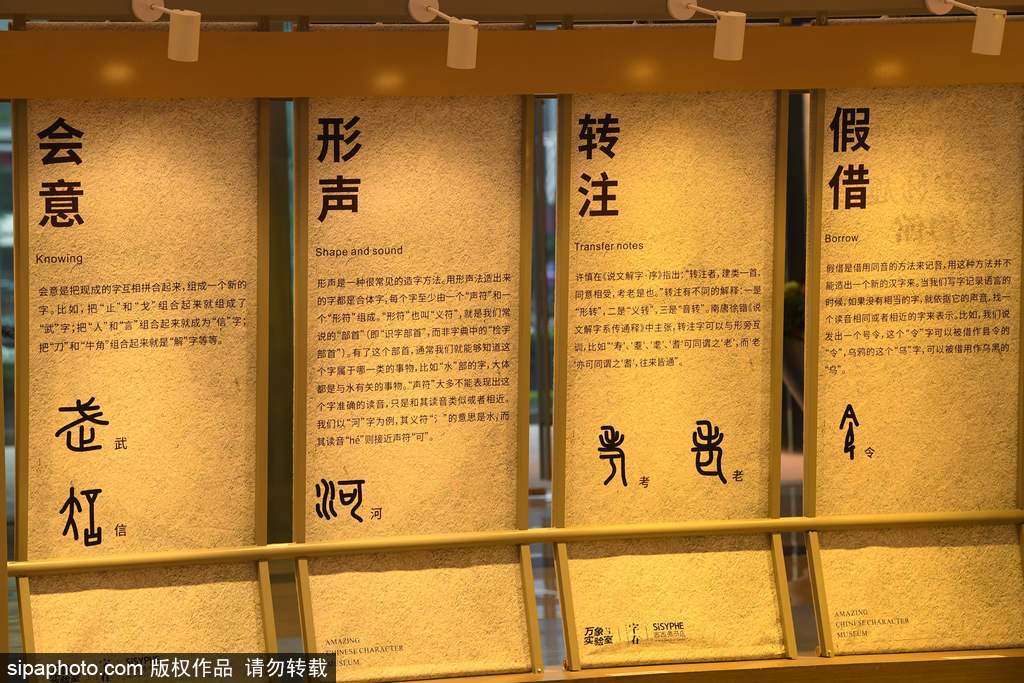Tone sandhi is a phonological change occurring in tonal languages, in which the tones assigned to individual words or morphemes change based on the pronunciation of adjacent words or morphemes.
It is a very common phenomenon in Mandarin Chinese. Here we list some specific rules that cause tones to change in certain situations.


"不"的变调 Tone sandhi of "不"
"不" is a fourth tone syllable by itself. But it becomes a second tone when followed by a fourth tone. For example:
不喝bù hē 不忙bù máng 不好bù hǎo
不是bú shì 不要bú yào
"一"的变调 Tone sandhi of "一"
"一" is normally first tone, but this changes in two situations. It is second tone when followed by a fourth tone and when followed by a first, second or third tone, it is fourth tone.
一个yí gè 一步 yí bù
一般yì bān 一直yì zhí 一起yì qǐ
三声变调 Third-tone sandhi
A third tone, when followed by a first, second or fourth tone, or most neutral tone syllables, usually becomes a half third tone, that is, a tone that only falls but does not rise. The tone mark is unchanged. For example:
你哥哥nǐ gē ge
你忙吗nǐ máng ma



